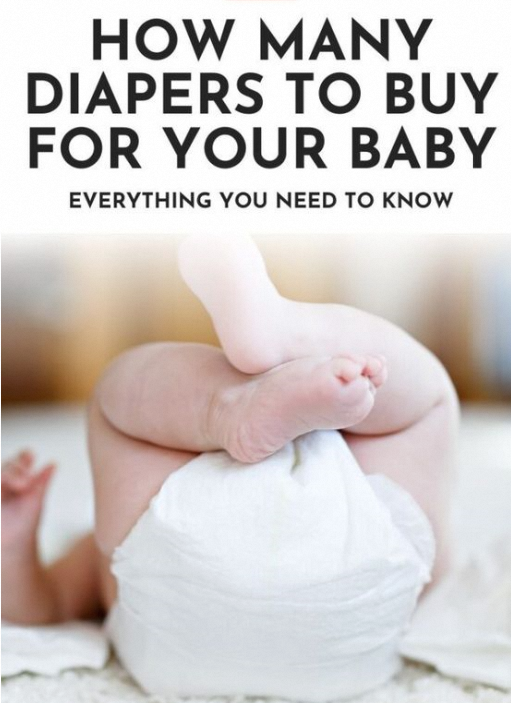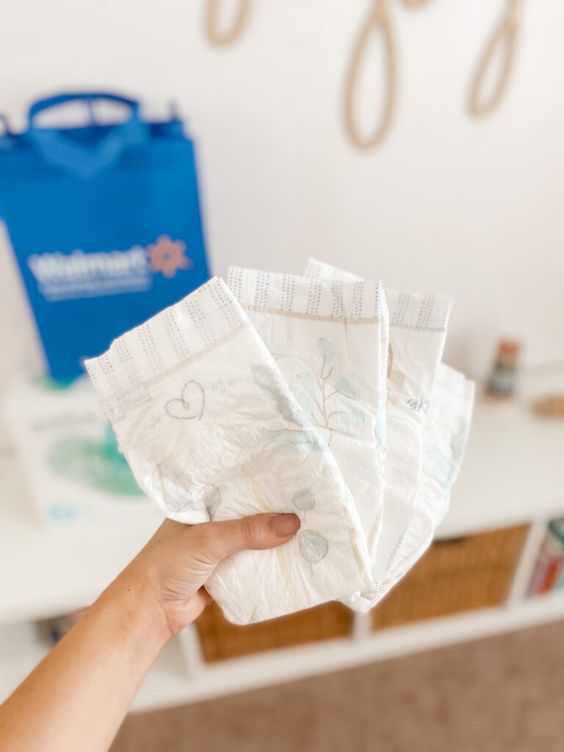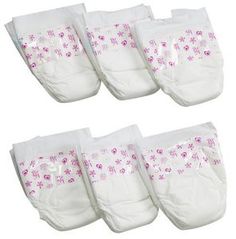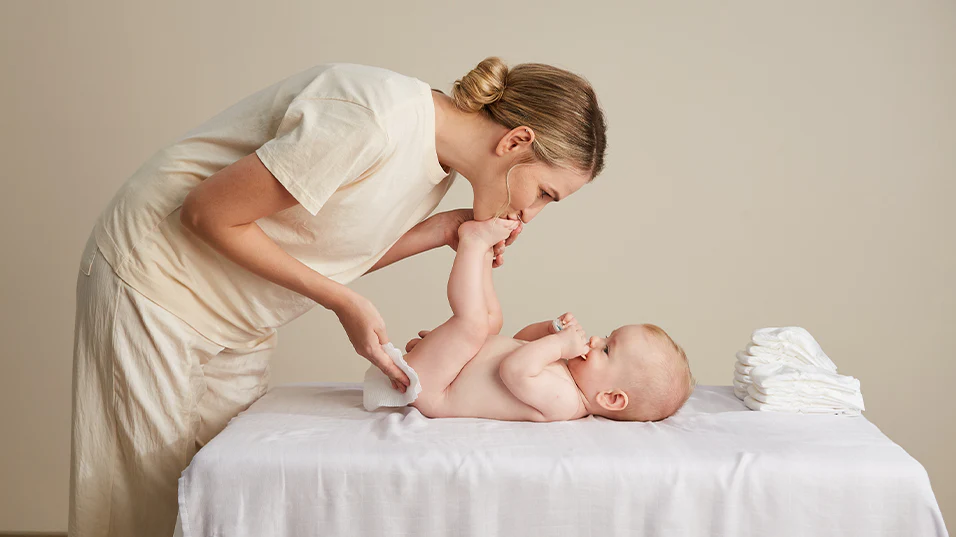Exploring Further into the World of Baby Diapers Needs: Advanced Considerations and Tips
The journey of parenthood starts with many questions, and one that often tops the list for new parents is “How many diapers do I need to buy?” Embark on this exploration with us as we delve into the realm of baby diaper needs, considering factors like age, growth patterns, and daily usage.
The Newborn Phase
In the early chapters, newborns set a rapid pace. They typically require 8-10 diaper changes daily due to their tiny bladders and digestive systems. Unfolding these calculations, if your little one stays in the newborn stage for two months, you’re looking at a ballpark figure of 250-300 diapers. Remember, though, each baby’s rhythm is unique; thus, these numbers serve as a guide rather than a hard rule.
Growth and Development
As the story unfolds, babies grow, and so does their diaper consumption pattern. By the six-week milestone, diaper use might dwindle down to around 6-8 times per day. This shift could mean needing approximately 400-500 diapers from week six through three months. Be vigilant for growth spurts or illnesses that can temporarily spike this demand.
Monthly Inventory Management
Charting a course, consider planning your diaper purchases monthly. Divide estimated usage by month, factoring in brand choice and potential size changes. Babies usually transition to a larger diaper size every 2-3 months, so stay agile in your purchasing strategy.
Bulk Buys vs. On-Demand
Venturing into the debate, bulk buying diapers can offer significant savings but requires thoughtful consideration. Assess your storage capacity and your baby’s individual requirements. Start with smaller quantities and pivot as needed based on actual usage.
Ultimately, determining the right number of diapers to purchase is an ongoing expedition. Keep track of trends, anticipate changes, and remember special circumstances like overnight diapers or swim diapers. Opt for caution – having a surplus is better than running low during crucial moments.
Once you’ve grasped the basics of diaper quantity planning, there’s an entire universe of additional factors that can influence your baby’s diaper needs. Dive deeper with us as we unlock insights on eco-friendliness, skin sensitivities, overnight protection, potty training, and more.
Eco-Friendly Diaper Alternatives
Venturing down the green path, consider eco-friendly diaper options like cloth diapers or hybrid systems. These require a different approach to inventory management. While reusable cloth diapers need fewer initial purchases but more frequent washing, it’s essential to have a sufficient stash (around 24-36 for full-time use) plus backups for laundry days.
Skin Health and Sensitive Needs
Unraveling the layers, every baby’s skin is unique, and some may have allergies or sensitivities. It might be necessary to experiment with different brands before settling on one that suits your baby’s skin best. Keep in mind that babies often outgrow sensitivities, so stock up judiciously while monitoring any reactions.
Overnight Protection and Specialized Diapers
Navigating through the night, overnight diapers are designed to handle longer periods without changes. Expect to use these during extended sleep times, even if it means using fewer overall daily. Consider adding a separate count of overnight diapers to your supply list.
Size Changes and Growth Spurts
Charting growth milestones, prepare for sudden size transitions by keeping a few packs of the next size up on hand. Growth spurts can occur unexpectedly, and having the right size diaper available will ensure comfort and prevent leaks.
Potty Training and Transition Phases
As the final frontier approaches, potty training brings about a significant shift in diaper demand. Your little one may still require diapers at night or during naps, but the frequency drops dramatically. Phase out your stock slowly and invest in training pants or pull-ups when the time comes.
Budgeting and Cost-Saving Strategies
Delving into practical matters, signing up for subscriptions, buying in bulk, or utilizing sales can significantly cut costs. Some manufacturers offer rewards programs or discounts for repeat customers. Map out a budget plan that aligns with your baby’s diaper needs and your financial goals.
Diapering for Multiples and Twins
When double the joy means double the diaper duty, parents of multiples face unique challenges. It’s crucial to multiply your diaper estimates by the number of babies, but also consider that they might not grow or develop at the same rate. This could mean needing different sizes simultaneously. Bulk purchases and subscription services can be even more advantageous in these situations.
Understanding Absorbency Levels
Peeling back the layers of absorbency, not all diapers are created equal when it comes to holding moisture. Different activities, times of day, and stages of baby’s development will require varying levels of absorbency. Daytime diapers often have lower absorbency compared to overnight ones, so it’s essential to stock both types accordingly.
Travel and On-the-Go Diapering
Embarking on journeys big or small, always anticipate diaper needs during travel. Portable changing mats, disposable changing kits, and a stash of diapers easily accessible in your diaper bag will save you from unexpected mishaps. Don’t forget to factor in longer periods without easy access to a store when packing for trips.
Seasonal Considerations
Weathering diaper changes with the seasons, keep in mind that diaper usage may vary according to temperature. In warmer months, babies may need more frequent changes due to increased sweating, while bulkier cloth diapers may provide better insulation during colder times.
Special Situations: Illnesses and Allergies
Navigating through unforeseen waters, illness or digestive issues can increase diaper usage temporarily. Have extra supplies ready, especially for diarrhea or vomiting episodes. Also, if your baby has specific allergies, seek out hypoallergenic or fragrance-free options.
Maximizing Storage Space
Making every nook count, storing a sufficient supply of diapers, especially for those living in smaller spaces, can be a challenge. Clever storage solutions such as stackable bins, hanging organizers, or under-the-crib containers can help optimize space while keeping everything within reach.
In conclusion, exploring further into the world of baby diapers involves being proactive, adaptable, and aware of various factors that influence diaper needs. By understanding these complexities, you’ll be well-prepared to meet any diaper-related situation head-on, ensuring your little one remains comfortable and happy throughout their diaper-wearing days. Keep exploring, learning, and adjusting your diapering strategies as your baby grows and new challenges arise.






